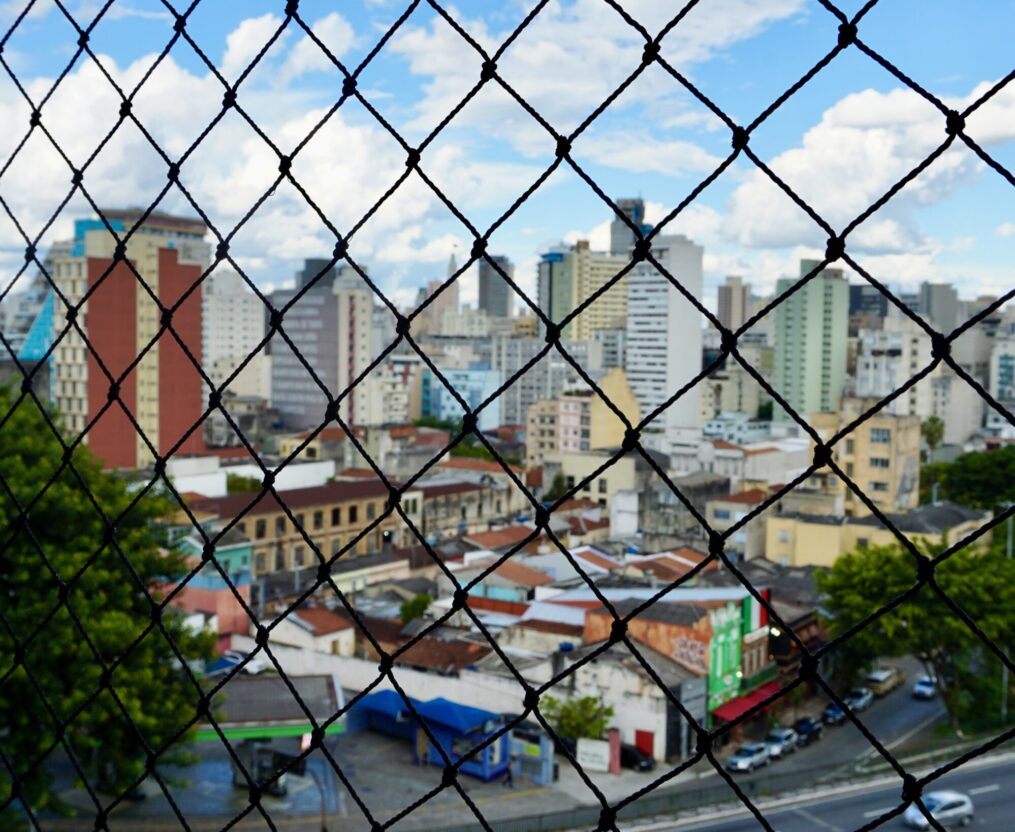I was trying find some you tube videos that would help give people an idea of the diversity and immensity of the city of São Paulo. The best video I found is a short movie which shows many scenes of São Paulo especially in Old Center where we are going to be working. The young man in the video is not a missionary and has nothing to do with our mission. He is an actor and from the video, he appears to be very talented acrobat. The video is six minutes long and you can watch it if you just want to get an idea of the city. It is beautifully done and the photography is impressive. I think it is a good introduction to São Paulo and perhaps even doing acrobatics in odd places.
This video below is a PBS documentary on the Street Children of São Paulo. The program focuses on the areas where we are going to be working. The couple interviewed are George and Cally Magalhaes. I don’t know them personally as they started working in the street a few years after we left Brazil. However, I do know of them as they worked together with the ministry that we had a hand at starting. Therefore, we share similar approaches. This couple have since moved on to focus on working in the juvenile prison centers and they seem to have a successful ministry in this area. There is a pattern among the many ministries that work directly or indirectly with the street children. They all start at the street level and then discover areas where they feel that that they could effectively impact young lives. This documentary was done in 2009 and the situation they describe is very much alive. I think it is worth watching this clip just to have a perspective of street ministry from different missionaries working in the same area.


Very comprehensive and informative. We were able to feel the ministry.
Thank you, Skip.
We love the holistic running (parkour) and the contrast with the blind man walking while the runner did his spiritual thing. This must have been an early morning run as the streets seems relatively empty. Wanda and I should probably start our paper work for a July 2014 visit?
Could have been on a Sunday morning. Usually the streets of São Paulo are busy as early as 5 a.m. on a weekday. We look forward to having you and Wanda with us when we are in São Paulo. God bless.
Many of these problems are universal. It’s appalling how these children are born to a life of desolation. I’m wondering what Brazil’s government’s attitude is towards this problem. Unfortunately, America has many of the same problems and yet it continues to go on, year after year, with no solution, save for a failing welfare system that many times only continues to perpetuate the problem. Children are the future, and any country who devalues the lives of its youth is helping to further its own eventual demise.
Children are the future is self-explanatory in a sense. They cannot be anything else but the future. However, society only values the young that have the potential to be leaders or successful according to the standards of society. In this sense, society in general does not consider all children to be important or future leaders. The Brazilian government like any other government in the world has invested in the leadership of the youth from a certain socio-economic background. The most excellent universities in Brazil are state-run and free but usually only those who have been educated in private schools all their lives can qualify to study there. These children from the slums are the little ones that do not have a voice or any value in the eyes of the world. They are insignificant for the political entity of society. The message of the gospel is that they are significant in the kingdom of God. They are the future leaders or saints of God’s kingdom. So the church needs to invest in the lives of these children and not wait for the government to come up any programs which usually do not solve the problem in the long run. I would prefer less government involvement in order to achieve better and long-lasting results. This is strictly my opinion. Thank you for your comment, Sharon.